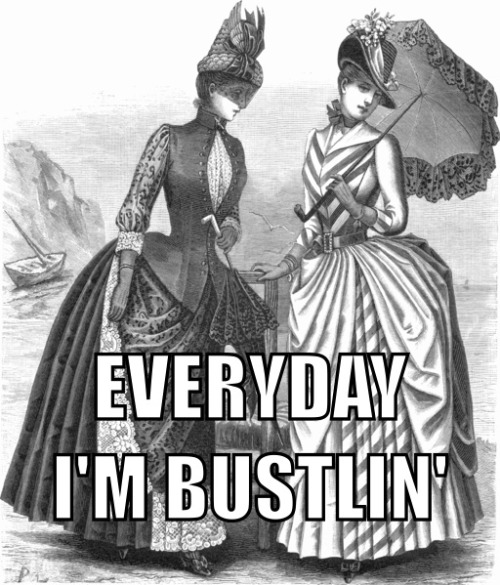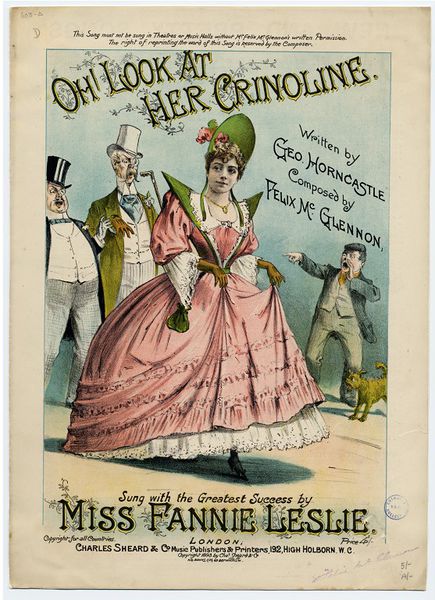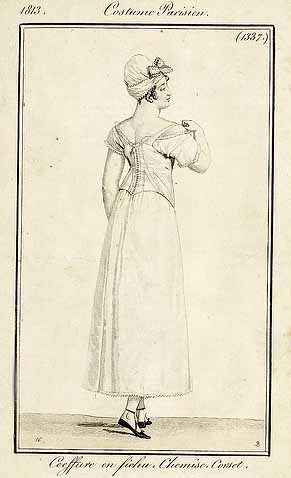
Here's the cover art for my book, Out of Shape. Allison Colpoys did a lovely job, and I'm super pleased with Benjamin Law's quote. (More great design and quotes on the back cover, and inside!)
It'll be out in June, which is scarily not that far away. I'll also be speaking at a number of events over the next few months, so here are all the details:
ACMI's Hollywood Costume exhibition is opening on 24 April, fresh from its run at the Victoria and Albert Museum in London. Costume museums play a significant role in my book, as does clothing in film more generally. I was so excited by this show I was toying with the idea of travelling to London to see it, so you can imagine how thrilled I am that it's come to me instead.
There's an associated program of talks and events. I'll be speaking on a panel event called The Emperor's New Clothes on Sunday 5 May, along with costume designer Katie Graham (Wilfred, Small Time Gangster) and Dr Terrie Waddell, Senior Lecturer in Media and Cinema Studies at La Trobe University. It's about the role of costumes in developing a character.
I'll also be presenting a talk on Elizabeth Taylor on 21 May and 18 July, whose onscreen and offscreen clothes are so memorable. It's part of an ACMI package where you get to hear the talk and then go explore the exhibition. I've already been collecting images for my talk on Pinterest.
The Emerging Writers Festival runs from 23 May to 2 June. It's a favourite festival of mine because everyone is so friendly and it's genuinely focused on writing. I'm appearing at three events. I'm moderating a Writers' Conference panel on genre on Sunday 26 May, with Jane Harrison, Alex Hammond, Wayne Macauley and Alison Croggon. I'm also speaking at the Kill Your Darlings 'Late Night Live' panel about TV on Tuesday 28 May, and at the Express Media/Signal intensive workshop for young writers on 1 June, alongside Bethanie Blanchard, Amy Gray and Samuel Cooney.
On Monday 3 June I'll be reading from my book at Dog's Tales, a monthly storytelling night run by Angela Meyer at the Dog's Bar in St Kilda. Sharing the bill with me will be the very funny Lee Zachariah, who's also one of my film-reviewer buddies.
And hopefully, having got used to the idea of reading my work aloud, I'll be appearing at The Wheeler Centre's Debut Mondays on 17 June. Debut Mondays are held at booze o'clock (6:15pm) in the Moat bar in the basement of the Wheeler Centre.









